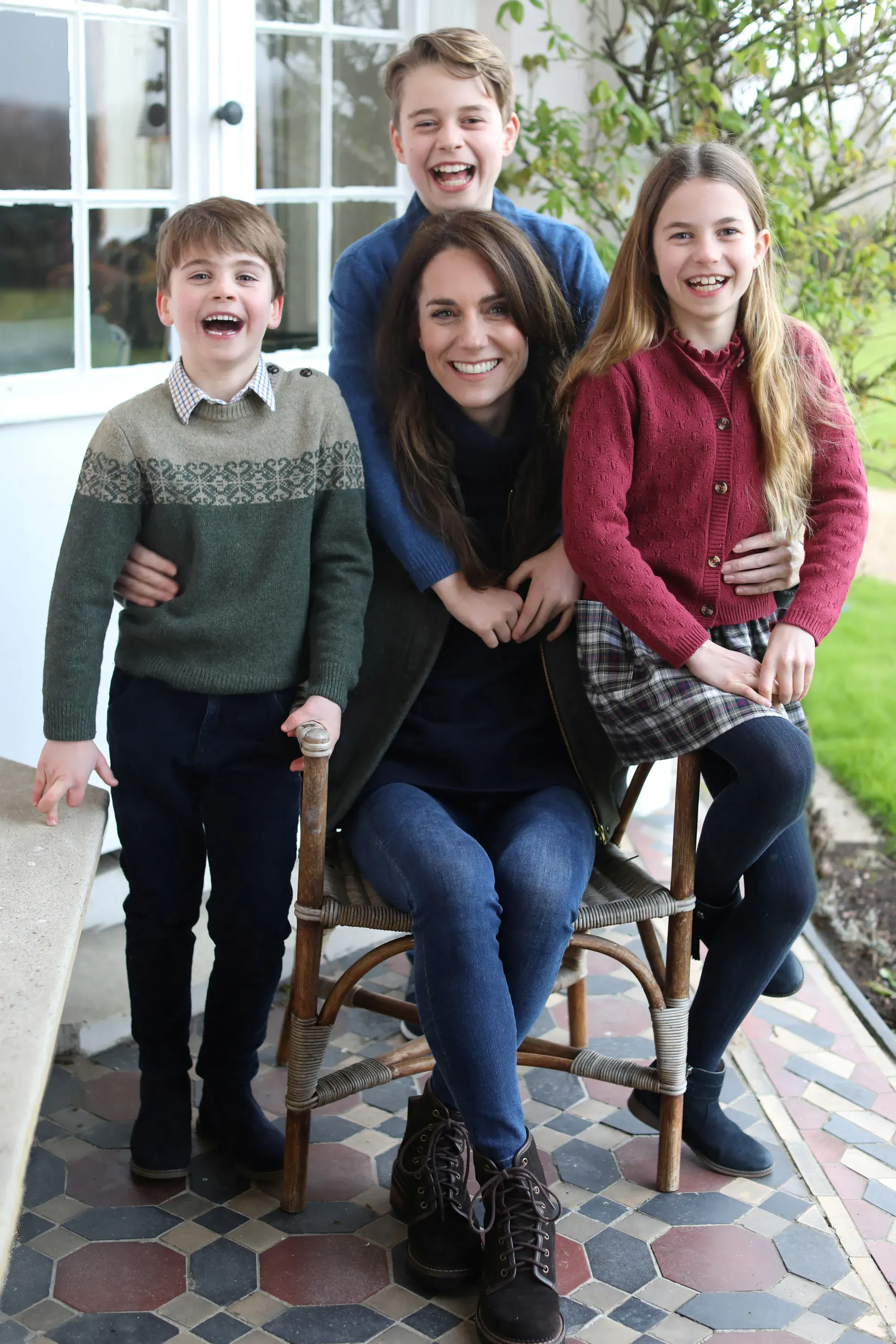What a royal photo teaches us about journalism

You probably saw the photo above over the weekend, along with the confusing controversy surrounding it, including a so-called "kill notice."
First – let's address the spurned-intelligence agency-sounding elephant in the room: the "kill notice."
Many news organizations subscribe to wire services – you may have noticed some Reuters reporting on Forth – to supplement coverage, or provide reportage from places that they just do not have the resources to cover alone. In fact, the Associated Press traces its history back to 1846, when five New York City newspapers partnered to bring – by pony express – reporting from the Mexican War.
Today, these services routinely distribute photos, and may even forward along other pictures called "handouts" provided by a PR department in a company, organization, or royal palace.
However, since the photos are then republished by their subscribers, the wire services can't just take down a problematic photo – they have to tell those subscribers to do it – through a "kill notice."
The AP said the image "appeared to be manipulated", pointing to a disappearing sleeve on Princess Charlotte's left arm – enough that photo editors felt it did not meet their standards.
Editorial standards are a topic unfortunately not discussed often. Virtually every reputable news organization has an editorial policy that lays out what is allowed, and what is not. (You can read Forth's editorial policy, if you're interested.) They are usually public, as these policies are intended not just to guide their journalists, but also communicate to the audience what they can expect from that publication.
And it is these standards that separate a journalistic enterprise from other media. While it seems almost expected that a photo on Instagram will be at least filtered (Instagram vs. Reality, anyone?), news organizations want to be absolutely certain that they are portraying events as they actually happened.
That obsession with the truth is the value of an independent press. It's also what we strive for at Forth. As a news feed for news, we aim to provide a better place to scroll for headlines, one where we and our partners are always thinking about how to report the news as accurately as possible. If you haven't already, you can create an account for free at forth.news and start following a news feed you can trust.

